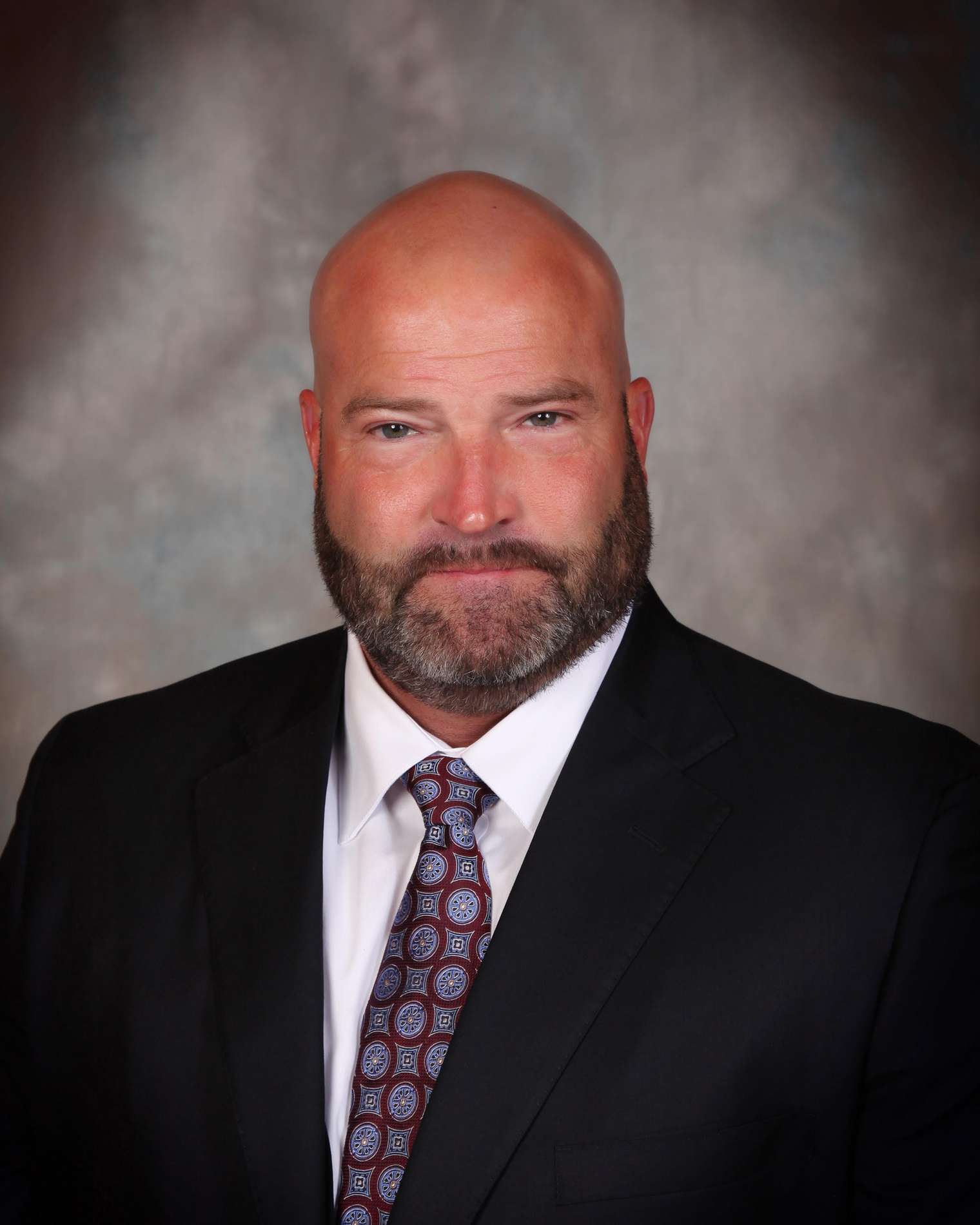Updated on August 23, 2022
As a parent who is being investigated by Child Protective Services (CPS), you need to understand what to expect during the investigation.
Being investigated by CPS is a serious matter. It is advisable to seek the legal counsel of a skilled attorney to protect your legal rights during the CPS investigation in Texas.
Contact a Lampasas Child Protective Services attorney to discuss your CPS investigation, ensure that your rights are protected, and prevent the agency from taking your children from you.
What Happens When CPS Investigates Child Abuse or Neglect?
Child Protective Services is a branch of the Texas Department of Family and Protective Services (DFPS) that handles complaints of child abuse and neglect in Texas.
When the agency receives a complaint or report of child abuse or neglect, it assigns a CPS investigator to investigate and find evidence supporting or refuting the allegations.
The CPS investigator will take the following steps during the investigation:
Speak with the person who made the complaint
Interview the child who was allegedly abused or neglected
Interview the child’s parents and other family members
Find evidence to prove or disprove the allegations of abuse or neglect
Use other experts and professionals to assist in the CPS investigation (e.g., medical professionals)
If the CPS investigator finds evidence supporting the validity of the complaint, the agency will determine the appropriate course of action to intervene. If the child is at an immediate risk of harm, the CPS investigator may remove the child from home.
What Are the Different Stages of the CPS Investigation?
How the CPS investigation will unfold depends on the emergency of the complaint of child abuse or neglect as well as the circumstances of the particular case. However, most CPS investigations follow a similar pattern. There are five stages of the Child Protective Services investigation:
Initial investigation
Full-on investigation
Safety plan
Removal of the child
Reunification with the child
This article will review each of the stages of the CPS investigation in detail.
1. Initial Investigation
When Child Protective Services receives a complaint of child abuse or neglect, the agency launches an initial investigation to assign the appropriate level of response to the case, depending on its urgency.
CPS uses the priority classification from P1 to P3, in which P1 means that the agency may have to remove the child from home due to the immediate risk of harm.
Depending on the priority classification of your CPS case, an investigator may conduct a home or school visit to talk to the child who is an alleged victim of abuse or neglect. The investigator will also interview the person who made the complaint and reach out to the child’s parents, witnesses, and other people.
2. Full-On Investigation
After the initial investigation, CPS will begin the full-on investigation to gather more evidence supporting or refuting the alleged abuse or neglect.
The CPS investigator assigned to your case may come knocking at your door for a home inspection and/or interview with the child to determine if he/she is at immediate risk of harm.
While you have a right to deny a CPS caseworker access to your home, the agency can ask the court to issue a court order. Similar to a search warrant, the court order requires the child’s parents to allow CPS access to the home.
During this stage, the CPS investigator will take the following steps to conduct a thorough investigation:
Interview the people familiar with the child, including their teachers and doctor
Run a criminal background check on the person or people who allegedly abused or neglected the child
Determine if the child is at immediate risk of danger
If the investigator determines that the child would be at immediate risk of harm if they remained with the parents, the investigator may ask the parents to agree to have the child removed from their care to place them into the care of a relative or family friend.
3. Safety Plan
Once CPS concludes the investigation, it will determine two things:
Did the abuse or neglect actually take place?
What is the appropriate course of action to ensure the child’s safety?
In most cases where the child’s safety is at risk, the CPS investigator will ask the parents to sign a safety plan, which is a written agreement between the agency and the child’s parents that provides a short-term solution to address specific concerns related to child safety. Refusal to sign the plan may lead to placing the child in foster care.
4. Removal of the Child
CPS can remove the child from the home if there is a court order or if the child is in an emergency situation. If the child is at immediate risk of harm, the investigator will remove the child and then seek a court order.
If there is a suitable family friend or relative approved by CPS, the child will be placed with that person. If there is no one who can take care of the child during the CPS case, the child will be placed in foster care.
5. Reunification with the Child
Finally, the parents may reunite with the child who has been removed from their care. The parent or caregiver who abused or neglected the child will have to take specific steps to bring the child back home.
In some cases, reunification with the child may not be possible. In the most extreme cases, CPS will seek to have the abuser’s parental rights terminated.
Call a CPS Attorney Today
If Child Protective Services launched an initial or full-on investigation into your family after a report of child abuse or neglect, it is in your best interests to contact a knowledgeable CPS attorney to protect your rights.
If you are not represented by a qualified and experienced attorney, the agency may end up taking your children from you or even terminating your parental rights.
Do not hesitate to discuss your case with our attorneys at The Law Office of Brett H. Pritchard by calling (254) 781-4222 or contacting us online now.







